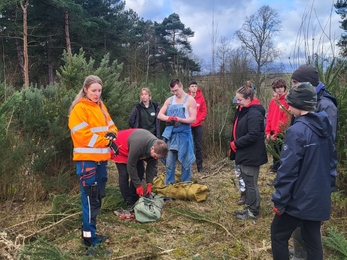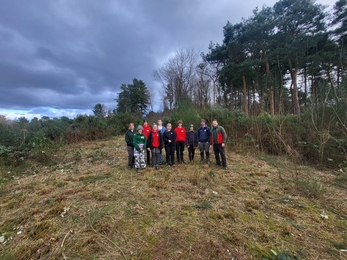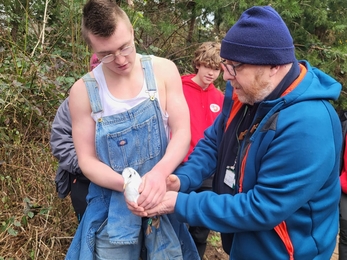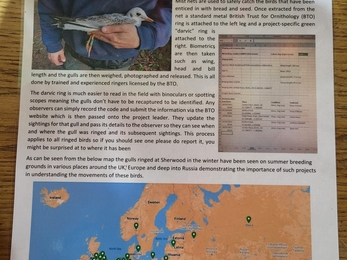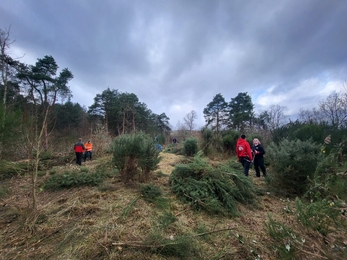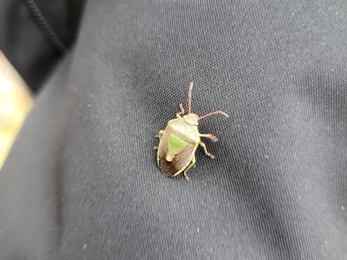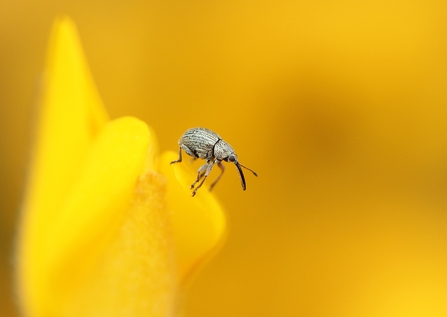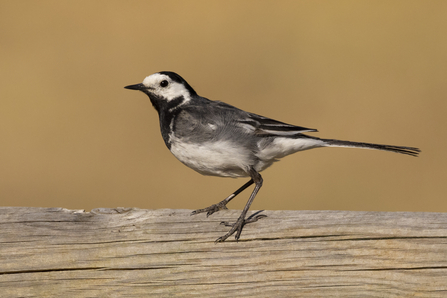Center Parcs is a holiday for many, a place for most to relax and recharge after the hustle of daily life. For the conservation team at Center Parcs, this site is much more than slides and saunas, it’s a sanctuary for creatures big and small. The well-known grey squirrel is a mascot for the holiday resort, the wildest most will get is a close encounter with these bundles of fur. Besides this controversial species, many more reside here including Aves like moorhens and gulls, mammals such as hedgehogs and badgers, and a fantastic range of fungi and flora. Nature is the heart of Center Parcs’ circulatory system, without the towering pines and mischievous mammals it would not be the accurately adorned ‘haven’ we know and love.
February 3rd, 2024 – 9:00am: Sleepy eyed, worn, and weary, several of the team crowd the branded vehicles, huddling together not for warmth, but to gain spirit and strength. A peaceful ride for myself, mentally prepared for the management ahead - though tales from the trailing vehicle sounded like the rest of the group did not have as gentle of a morning! The clock struck 10, the expansive forest wrapped me up in its spiny branches and twinkle lights, a comforting sight if there ever was one in Nottinghamshire. Greeted by the familiar faces of Katie Doull (senior conservation ranger and Center Parcs grounds expert) and Tim Sexton, honorary Keeping it Wild member (and expert at everything else) alongside the newer face of Mike Hill (another senior conservation ranger, passionate about Lepidoptera and other weird and wonderful creatures).


